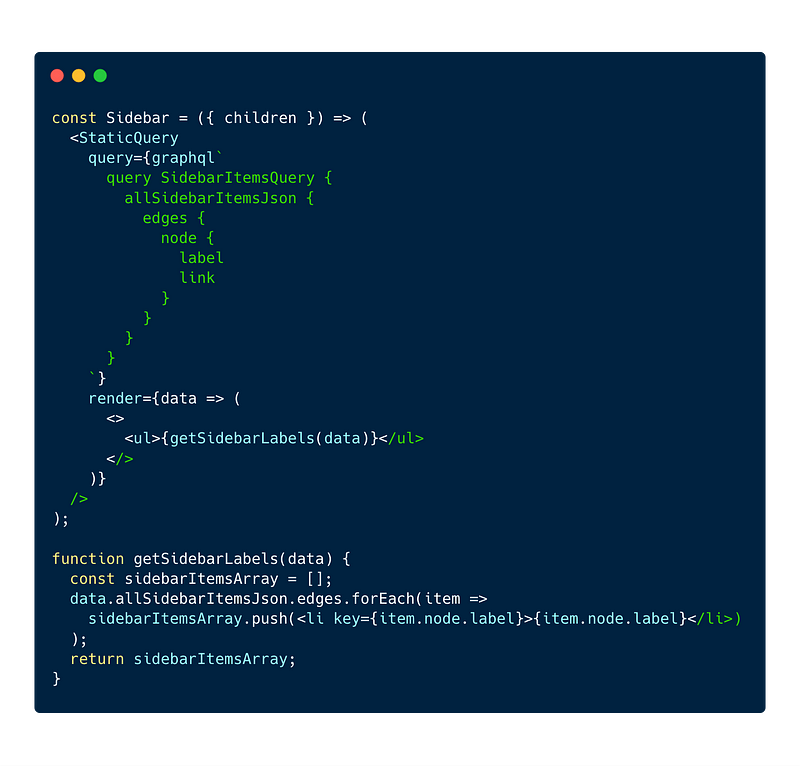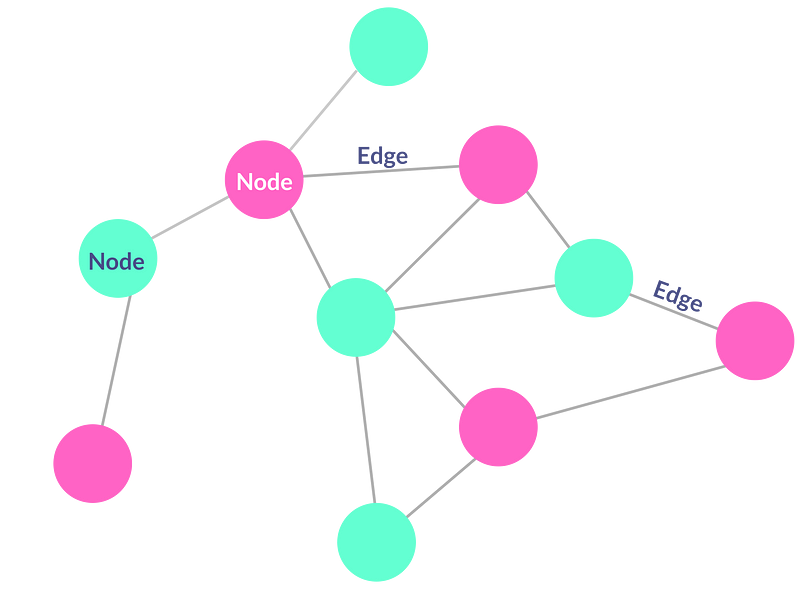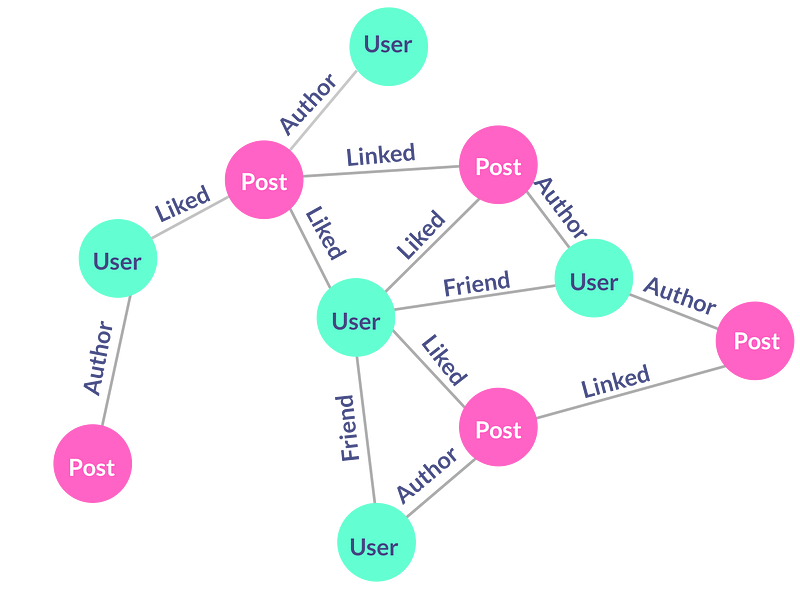Reading Data From A JSON File With Gatsby & GraphQL
January 14, 2019

Goal: Use gatsby-transformer-json to read data from a local JSON file and dynamically generate list items in a React component.
Use Case: I have a Sidebar React component that takes in an array of sidebar list items (objects) and dynamically generates list items from their data. I don’t want to hard-code all of the sidebar values, as this can quickly become unruly. Thus, I want to have a JSON file where I can quickly add a new list item and have it propagate to the UI.
This blog assumes you already have a Gatsby project created. You can use the Gatsby CLI to quickly spin up a new application. My sidebar.js component is being imported into the index.js starter file that is generated after running the CLI command.
- Create the directory and JSON file where you will store your JSON data. Mine will live inside
src/data/sidebarItems.json.
My JSON data has the following structure:
;[
{
label: "Introduction",
link: "/introduction",
},
{
label: "Style",
link: "/style",
},
{
label: "Accessibility",
link: "/accessibility",
},
]- Next, install
gatsby-transformer-jsonandgatsby-source-filesystem.
npm install gatsby-transformer-json gatsby-source-filesystem --save- Inside of the
gatsby-config.jsfile, add the following:
"gatsby-transformer-json",
{
resolve: `gatsby-source-filesystem`,
options: {
name: `data`,
path: `${__dirname}/src/data/`,
},
}The path value will be the link to the folder which contains your JSON file.
- Next, open the component you want to use your data. Mine lives inside of
sidebar.js
First, import StaticQuery and graphql from gatsby. We’ll need these to access our JSON data.
import { StaticQuery, graphql } from "gatsby"We’ll use Gatsby’s Static Query to wrap a stateless functional React component.
Inside of the <StaticQuery /> elements, add two attributes: query and render.
Query Attribute
The value of the query attribute will look like this:
graphql`
query SidebarItemsQuery {
allSidebarItemsJson {
edges {
node {
label
link
}
}
}
}
`We’re creating a query called SidebarItemsQuery (you can name the query however you like; I choose to name it {dataReturned}Query). The data returned will be the sidebar items, so the query name will be SidebarItemsQuery.
Next we have the allSidebarItemsJson. You must name this in accordance with your JSON file name. Since I had SidebarItems.json, this is called allSidebarItemsJson. This is the default naming convention, however you can change this inside of gatsby-config.js (see “Chaning the Default gatsby-transformer-json Naming Convention” section at the end for more details).
Inside of that we have edges, node, and then the values we want to return from our query. In my case, since I’m creating a sidebar with a list of links to different content, I have a label and a link (See “GraphQL Nomenclature” section below for a high-level definition of edges and nodes).
Render Attribute
Now that we have our query, let’s define the render attribute. This attribute will take one parameter: the data from the query we just wrote. It will return the JSX we want the stateless functional component to render.
Note: You can wrap your JSX in empty brackets <>...</> as a shorthand for a React fragment. This allows you to return multiple child components without appending additional nodes to the DOM.
render={data => (
<>
<h1>Hello world</h1>
<p>Another child component</p>
</>
)}Now, I want to iterate over these nodes and create an <h1> for each label; it might look something like this. I’ve created a getSidebarLabels helper function, which takes in the data and iterates over it to create three <li> items.
render={data => (
<>
<ul>{getSidebarLabels(data)}</ul>
</>
)}The helper function is as follows:
function getSidebarLabels(data) {
const sidebarItemsArray = []
data.allSidebarItemsJson.edges.forEach(item => {
sidebarItemsArray.push(<li key={item.node.label}>{item.node.label}</li>)
})
return sidebarItemsArray
}And just as we’d expect, three list items are appended to the DOM.

Here is the full code for the stateless functional component in sidebar.js.

GraphQL Nomenclature
GraphQL uses graphs to represent data. You can picture it to look something like this:

Edges: The lines that connect different nodes in the graph and represent a relationship.
Nodes: Records or data.
Let’s take the example of a blogging website like Medium. Nodes, in this use case, can be thought of as blog posts or users.

I am not an expert on GraphQL; I’m still learning! Feel free to leave a comment down below if I misrepresented something.
Changing the Default gatsby-transformer-json Naming Convention
To change the JSON query, head over to gatsby-config.js, and replace the "gatsby-transformer-json" line with the object below.
Inside of the options object, update the typeName key; this can be any string value. Here, we’ve put the static value of Json, although it’s important to note that this is just a string value, so you could call it Cats if you’d like.
{
resolve: "gatsby-transformer-json",
options: {
typeName: "Json
}
}Now, inside of the file where we created the GraphQL query (sidebar.js in my case), reference the newly named typeName value in the query with all{typeName}.
graphql`
query SidebarItemsQuery {
allJson {
edges {
node {
label
link
}
}
}
}
`Now you know how to use gatsby-transformer-json to read data from a local JSON file.